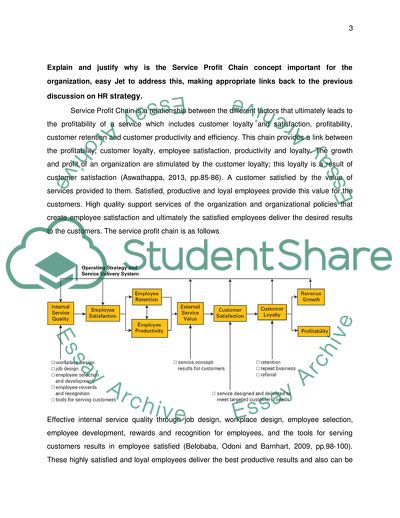Cite this document
(Easyjet Human Resource Strategy Case Study Example | Topics and Well Written Essays - 1500 words, n.d.)
Easyjet Human Resource Strategy Case Study Example | Topics and Well Written Essays - 1500 words. https://studentshare.org/human-resources/1812546-easyjet-hr-strategy
Easyjet Human Resource Strategy Case Study Example | Topics and Well Written Essays - 1500 words. https://studentshare.org/human-resources/1812546-easyjet-hr-strategy
(Easyjet Human Resource Strategy Case Study Example | Topics and Well Written Essays - 1500 Words)
Easyjet Human Resource Strategy Case Study Example | Topics and Well Written Essays - 1500 Words. https://studentshare.org/human-resources/1812546-easyjet-hr-strategy.
Easyjet Human Resource Strategy Case Study Example | Topics and Well Written Essays - 1500 Words. https://studentshare.org/human-resources/1812546-easyjet-hr-strategy.
“Easyjet Human Resource Strategy Case Study Example | Topics and Well Written Essays - 1500 Words”. https://studentshare.org/human-resources/1812546-easyjet-hr-strategy.


